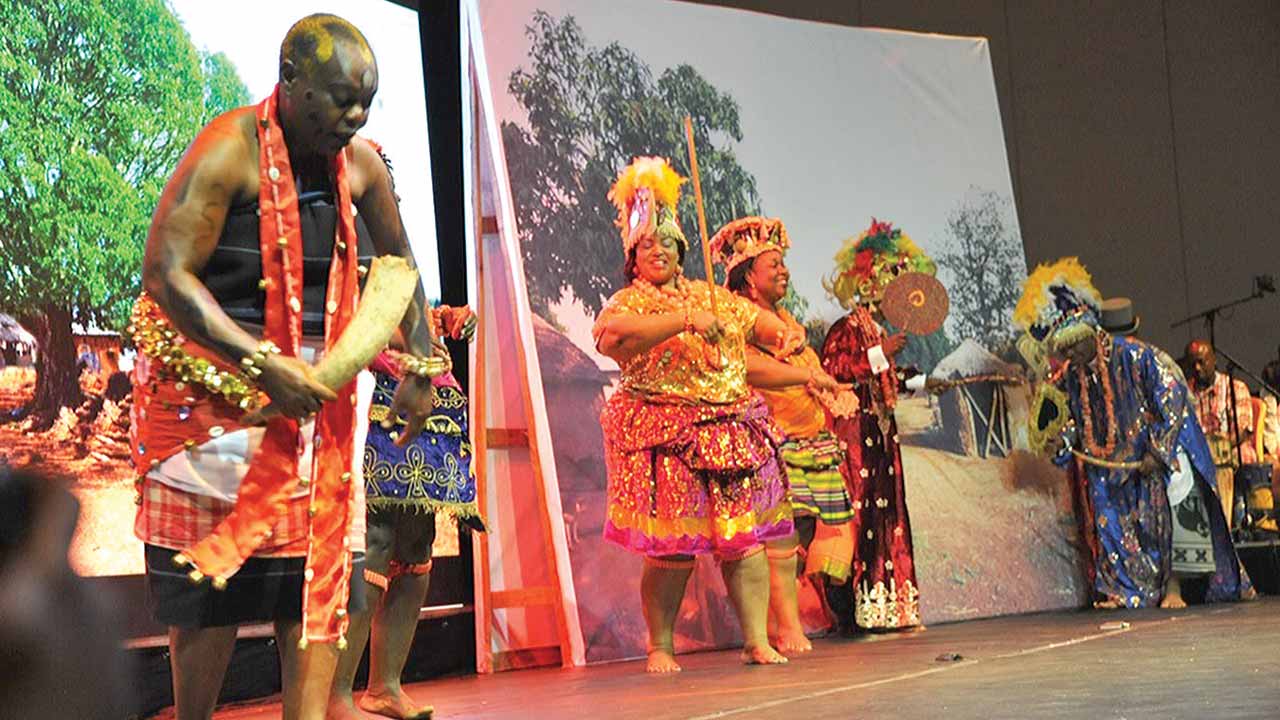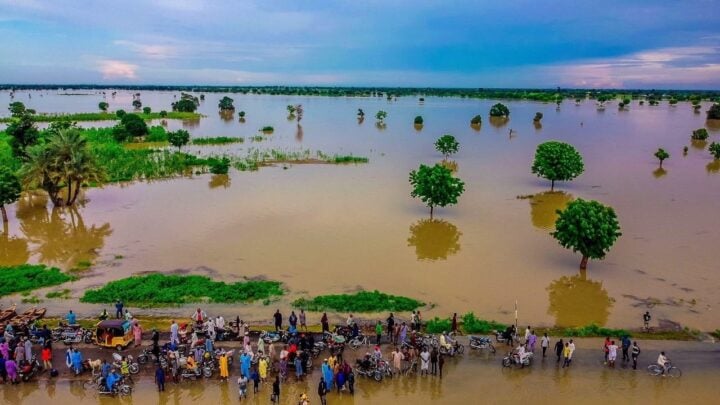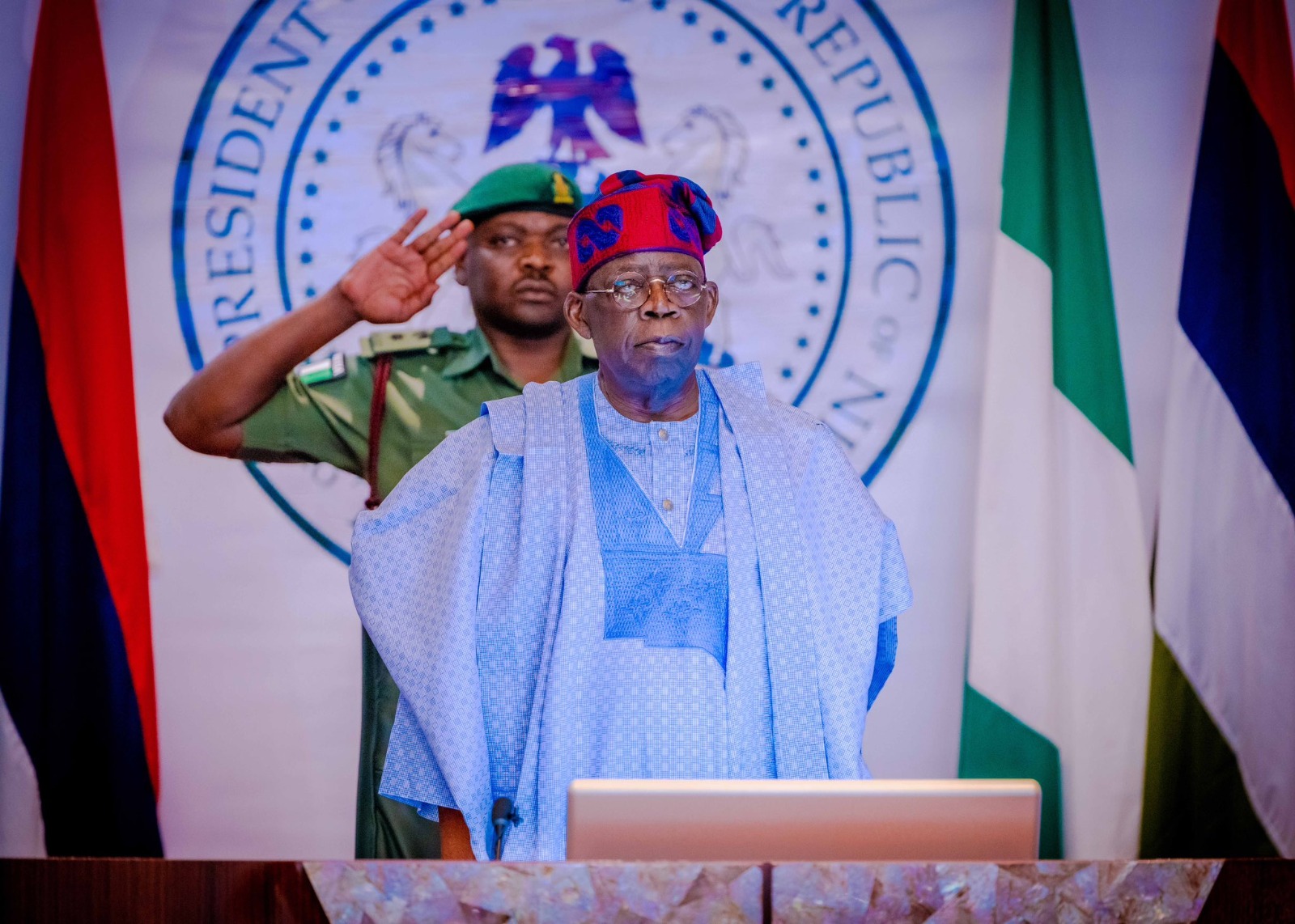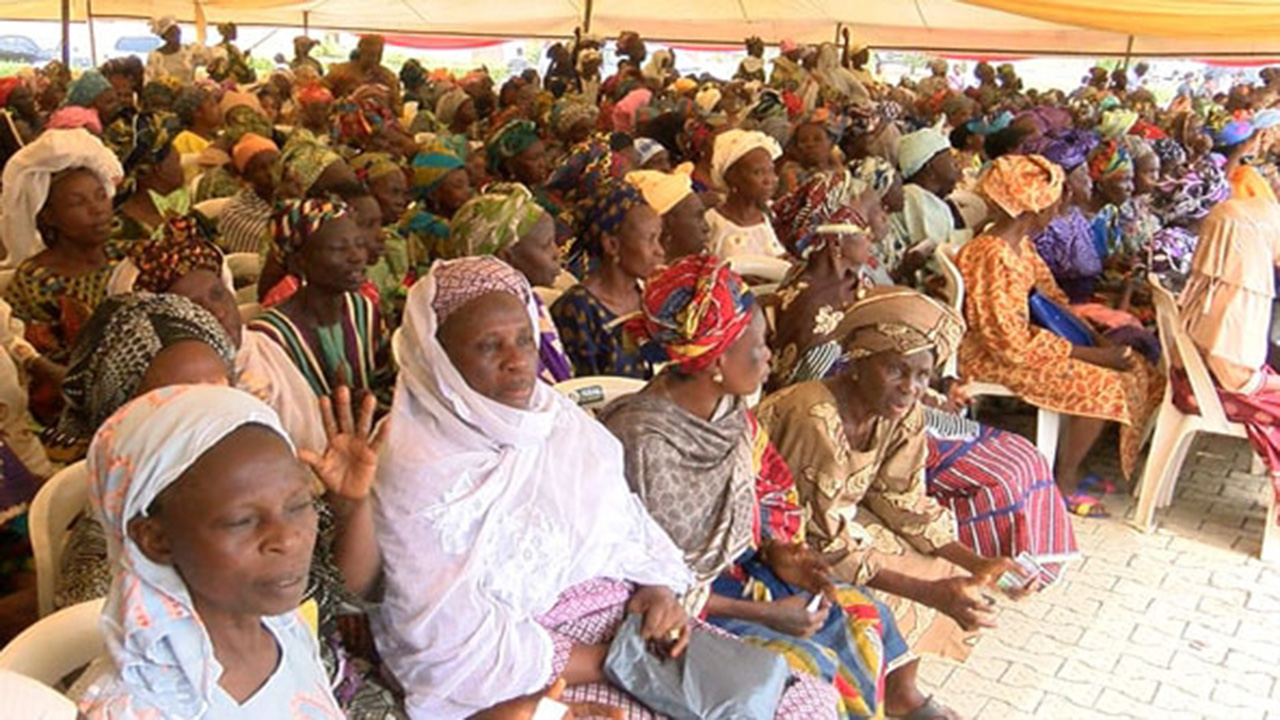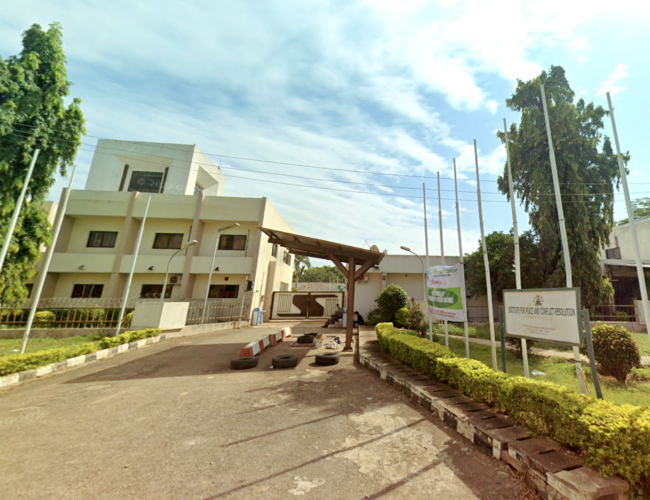BY SAMIAI ANDREWS
The global IP community for more than 30 years now has been struggling with how to legally recognise culture, folklore, traditional cultural expressions and traditional knowledge with intellectual property-like protection or some formal type of legal protection. However, after the signing of the Beijing Treaty on Audiovisual Performance (BTAP) in 2012 and its accession by a majority of the WIPO treaty nations-dance, audiovisual actors, and other forms of transient creativity and creations have been recognised as a performance that attracts IP protection.
The protagonists of these works are now regarded by law as performers, whose works now attract IP protection. The performance of their works on audiovisual platforms and spaces (a creation of the digital era) has also been recognized by the new jurisprudence including that of Nigeria.
In my published work on this theme with WIPO, I began a conversation on how cultural works and heritages of the global South (Nigeria) especially the Nollywood content can maximise the potential of its unique cultural heritage and economically maximise its cultural creative assets for upscaled and monetised models. In this piece, I am continuing that conversation, using Seki Dance, which has already adopted the audiovisual tool to maximise the deep cultural assets of the indigenous people of south-south Nigeria, as a tool for enhancing tourism and also enabling national economic policy of revenue diversification.
Advertisement
Within the current trends among nation-states of the global South to diversify their national economic revenue streams, for example, the nations of the Gulf Cooperative Council (GCC) of Saudi Arabia, UAE, and Qatar, the BRIC nation-states from the extractive industrial economies to the creative-innovative streams and tourism, this article examines and analysis how Nigeria ought to empower its indigenous cultural creative industries.
Africa is endowed with rich and distinguished indigenous creative assets in the artistic, literary and scientific fields. Most of these creative works and innovations are innate to African heritage. In Nigeria, most of the indigenous creativity has been elevated to global and entrepreneurial rank because of the aid of digital technology and the enablement of contemporary digital era creative jurisprudence.
This short piece will further examine how Seki dance, an indigenous traditional and cultural creative work of the peoples of mostly the Okrika and other ethnic nations of Ijaw of the Niger Delta geo-political space in present-day Rivers state reinforces the clarion call and postulations among IP scholars and culture scholars that folklore, traditional cultural expressions and traditional knowledge of the global South deserve global legal recognition like other forms of IPs that originates from the global North.
Advertisement
Indigenous creativity of traditional societies
In a published work I authored recently, I analysed how the Beijing Treaty on Audiovisual Performance (BTAP) has recognised partially the need to recognise the creative rights of performers, including cinematic actors, theatre artists, cultural dancers, and skit makers in the digital space or real-time physical stages. These groups of creatives are performers according to current intellectual property jurisprudence. A Seki dancer may be a performer, actor, and copyright author or copyright owner based on current creative regimes. Just like any artistic creation, ownership of the copyright in Seki dance performances and works is regulated by copyright law.
In Nigeria, her law adequately has set out who may be a copyright author and or owner of Seki dance creations. The moral rights of Seki dance performers have also been recognised, although not adequately as some of us IP scholars of the global South demand. These legal rights are now legally tangible. Gladly, the BTAP has become part of the creative laws of most countries of the global South including Nigeria. The Beijing Treaty, including the Nigerian copyright law, have defined and covered performers (Seki dancers) on the same legal pedestal as actors for the purposes of beneficial economic and moral rights with a global scope.
Although IP scholars are still discussing the path to consensus on accepting a legal definition for traditional cultural expressions, Seki dance is a creative performance of indigenous culture, folklore and heritage. Therefore, displaying the Seki cultural attributes is the performing of creative works. Seki dancers are performers, actors and artists under the current Nigerian copyright law. Section 63 of the current Nigerian copyright law expressly itemises the rights of a performer in economic, creative and social contexts. Therefore, a Seki dancer has exclusive legal creative rights to control acts that arise in relation to her (his) work- performance.
Advertisement
Seki Dance and creative performance rights
Seki dance is a creative dance indigenous to the people of the south-south region of Nigeria, particularly among the peoples of mostly the Okrika nation extraction and other ethnic nations like the Ijaw. Recently, Yibo Koko, a foremost Nigerian artist and creative director, who is also the chief executive and director general of the Rivers State Tourism Development Agency (RSTDA) has organised this authentic African creation into a formal entrepreneurial and creative cultural asset mostly with the assistance and enablement of digital tools.
The partnership of the public and private sectors in the indigenous cultural creative industry may be a welcome development because of the potential trigger this could endear for investment from other sectors of the global economy. It may also signify a sign of confidence that the indigenous cultural industry is part of the formal economy.
How Nigeria’s laws and policies are structured to enable Seki Dance and its likes
Advertisement
Seki Dance is a traditional cultural expression (TCE), a form of a contemporary genre of intellectual property that has been handed down from generation to generation but kept alive and virile through the transformative creativity of people like Koko and his group of dancers. Intellectual property has a strong role in the monetisation and sustainability of Seki dance and other forms of TCE.
More particularly, as a tourism magnet, this TCE could be complemented by current IP regimes, like trademark, copyright, geographical indications, traditional knowledge, trade secret and patent in protecting the creative, innovative and entrepreneurial rights of the indigenous people from misappropriation and add more value in the downstream tourism value chain.
Advertisement
The economic opportunities that tourism offers especially combined with a properly organised indigenous cultural industry like the Seki Dance are exponential in the digital era of audiovisual spaces. The power of the digital ecosystem has the potential of globalising a hitherto unknown creative work normally seen in stationary locations.
In 2016, a European Union report cited a study that forecasted that the cultural and creative industries (CCI) in Africa will generate $4.2 billion and create 547, 500 jobs. Although, the actual confirmation and realism of this forecast are spotty, however, there has been a major uptick in economic upward movements in the CCI of Nigeria since 2016. Some creative content in the audiovisual platforms has contributed significantly to Nigeria’s gross domestic product (GDP) in recent times. With the visibility that digital distributive and productive modes now afford Seki Dance, coupled with its innate-ingenious richness, Seki Dance as a good geographical indication is a tourism gold mine, a national brand, and a source product. The multiplier effects on the local economy of Niger Delta and on the national economy are encouraging for the development of its people.
Advertisement
The path to covering the creative field
With a rich and endowed ingenious creative depth uniquely connected to her, Nigeria and other traditional nations of the global South should take the competitive and strategic product advantage of their cultural assets to explore and monetise these creative works in an upscale fashion. Through deliberate national policies and political will, the traditional cultural expressions, traditional knowledge and geographical indications attached to the creativity and innovations of indigenous people will change the economic fortunes of immediate host communities. After all, Seki Dance is going mainstream and upstream.
Advertisement
Views expressed by contributors are strictly personal and not of TheCable.
Add a comment
